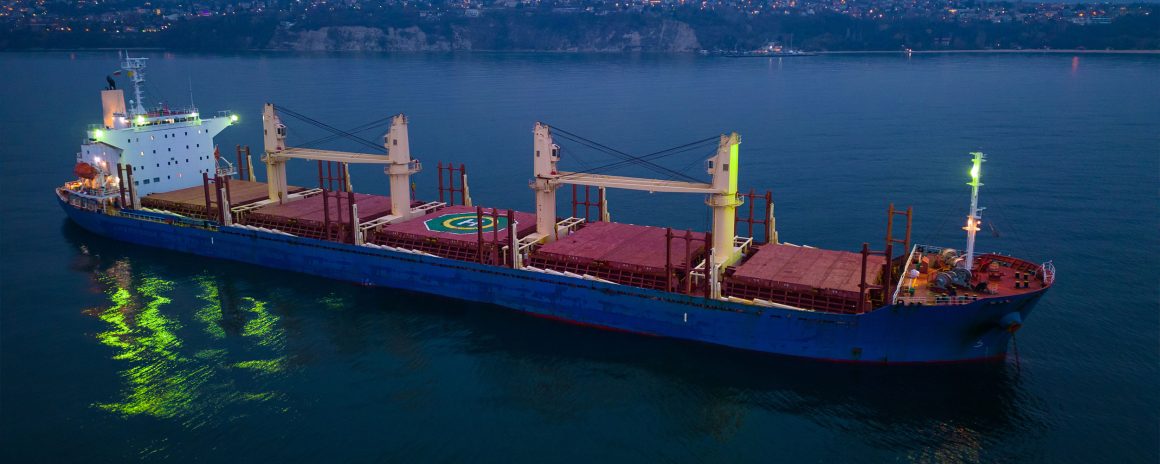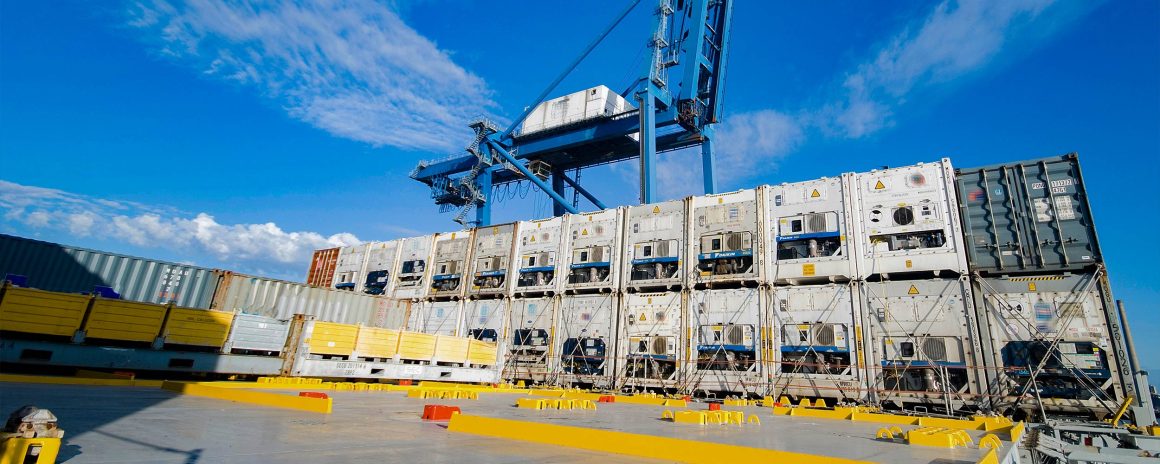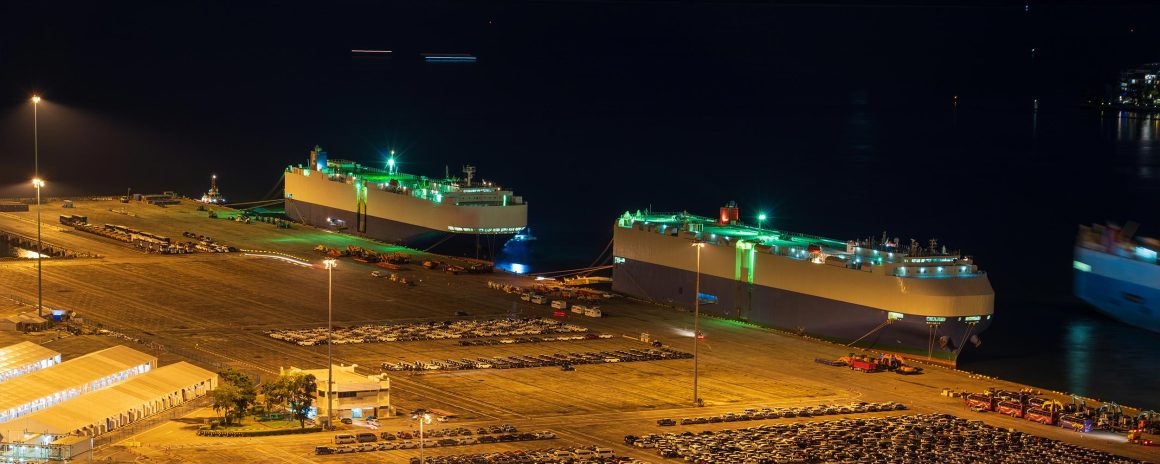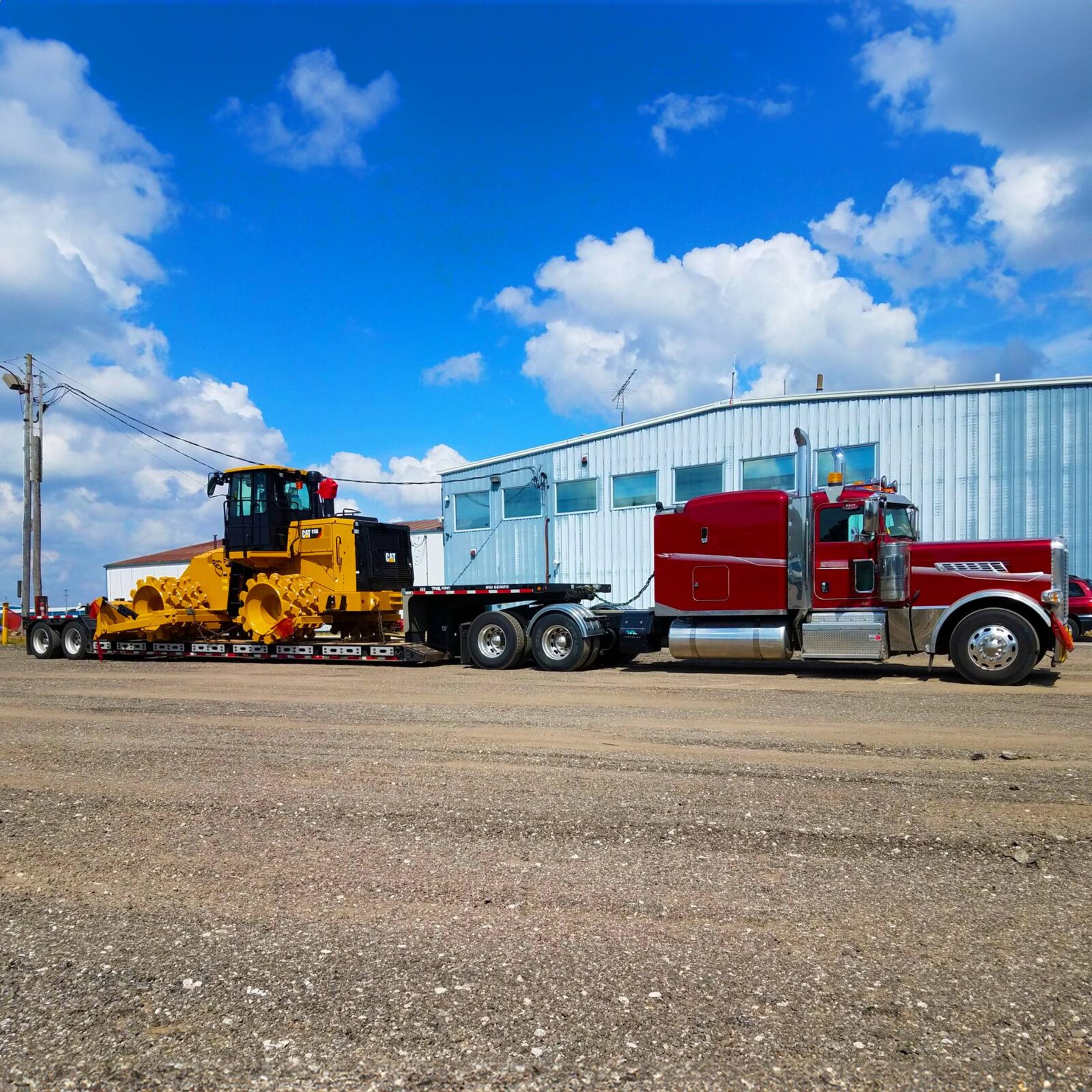
Are You Looking for a Reliable and Secure Way to Ship Out of Gauge Cargo?
Atlantic Project Cargo specializes in oversized cargo and provides a reliable and secure way to ship Out of Gauge cargo. We are ranked #1 for Agricultural Industry Shipping. We have the expertise and experience to safely and efficiently ship all your industrial and construction equipment. This type of shipping can be challenging, with higher costs due to irregularly shaped merchandise and national or international regulations. Finding the right service provider is vital to ensure your goods reach their destination without complication or damage. Atlantic Project Cargo can help you ship all your Out of Gauge cargo. We have over 20 years of experience in international shipping.
What is Out of Gauge Cargo?
Out of Gauge (OOG) cargo is freight that does not fit inside a standard shipping container. Standard ISO shipping container dimensions are 20 or 40 feet long, 8 feet wide, and 8.6 feet tall.
Examples of items include full-size vehicles, heavy construction machinery, and oversized items such as large agricultural equipment.
Due to the size and non-uniformity of these oversized items, you need a specialized process, accompanying permits, and legal documentation to transport these goods safely.
How Do You Know if Your Cargo Shipment is Out of Gauge?
Before loading your cargo, you must determine if your product meets the shipping requirements for dimensional clearances. To determine this, begin by measuring your cargo’s length, width, and height. Then, compare the measurements to standard shipping regulation requirements. OOG shipping requirements can be complex. For example, there are numerous regulations to comply with for OOG cargo shipped via land regarding the payload’s height, width, length, and weight. If the carrier fails to comply with these regulations, your Out of Gauge shipment may be delayed or cause a costly accident on the road.
What is Different About Out of Gauge Cargo, and Why is It Used?
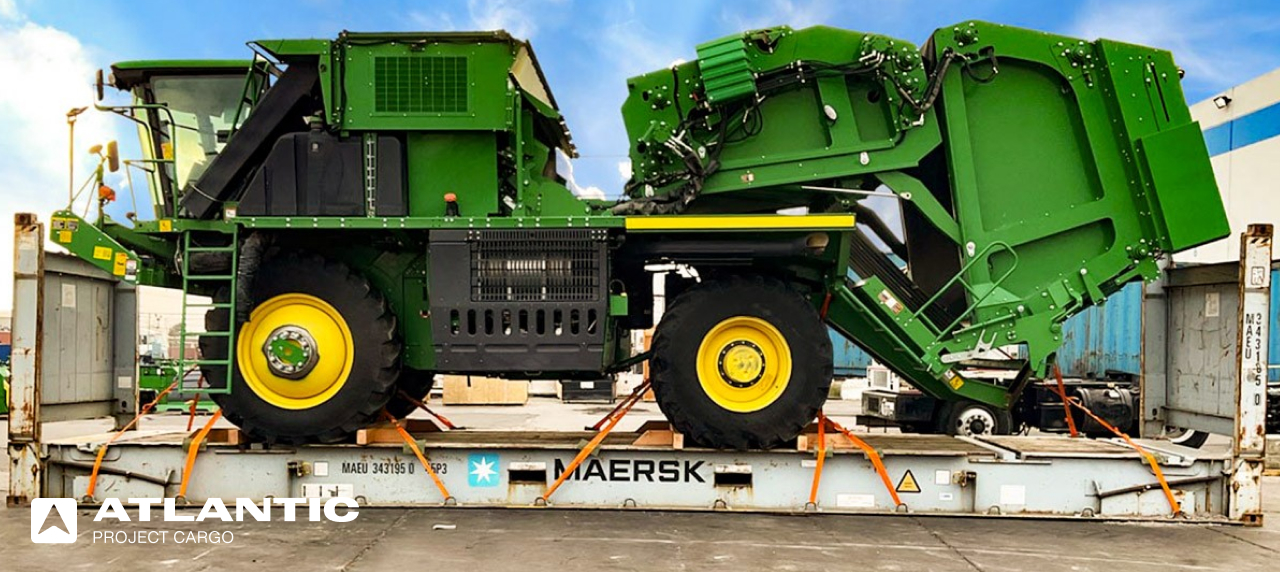
OOG cargo is any type of goods or materials that cannot be safely handled using standard regulations and methods.
These items are often too large, irregularly shaped, or excessively heavy to fit within the operational limits set by airports, ships, and other cargo handlers. OOG cargo may have special storage and handling requirements that make transport challenging. This cargo type often requires custom, specialized containers to prevent the goods from damaging other inventory.
How to ship heavy equipment via ocean freight?
Specialized Container Types Used for OOG Shipping Including
Open-top container
This crate has the same dimensions as a standard container but is not enclosed on top. Goods must be loaded overhead using a crane.
Flat rack
These containers feature collapsible walls at the front and rear, with open sides and top. These are suitable for extra wide loads, but the goods must be adequately secured and may need to be shrink-wrapped for added protection.
Flat rack with wall down
This option is a flat rack without walls. It offers an extremely high load capacity and is suitable for shipping bulky, irregular-sized cargo like heavy machinery.
Benefits of Using an Out of Gauge Cargo Shipping Company
Shipping of such items requires specialized equipment and experience to ensure safe transport. Using a dedicated Out of Gauge cargo shipping company ensures the proper techniques and precautions are used to help safeguard your valuable cargo while in transit.
Atlantic Project Cargo is a shipping company with access to multiple terminals, warehouses, and loading facilities worldwide. This experience and access make our company better positioned to find cost-effective solutions throughout the supply chain.
Why Does Oversized Cargo Cost More?
The cost of oversized cargo is higher than that of regular cargo because the size and weight of such items pose unique challenges for drivers and carriers. The packaging needed to secure oversized freight and the specialized requirements for moving and loading oversized items can quickly add up. For example:
- Special permits may be required before an oversized cargo shipment can take place
- The size of the item shipped may incur additional fees or taxes
- Every state has its own rules for hauling oversize cargo across state lines, so it’s crucial to be aware of the variations
How to Select the Right Out of Gauge Cargo Shipping Company
When selecting an OOG shipping company, it is essential to consider several key factors. Make the following considerations when evaluating which shipping company to use for your goods or equipment:
- Evaluate the experience of the company’s staff in working with large and complex loads. A company with specific expertise in this area is invaluable for both short-distance and international shipments
- Confirm that their health and safety protocols are up to standard so that you can rest easy knowing your shipment is secure throughout the process
- Inquire about the types of vehicles and cranes the company employs to guarantee they have access to necessary equipment
- Ensure the shipper offers additional support services such as full load analysis and industrial packing to ensure minimal disruption during transport
Stress-Free shipping with Atlantic Project Cargo
Out of Gauge cargo shipping doesn’t have to be a daunting process. By working with a reputable transportation specialist such as Atlantic Project Cargo, you can guarantee a smooth experience along each step of your shipment journey.
We also encourage you to read our following article about – “How to Choose A Freight Forwarder For Oversized Cargo Shipping?”.
Mistakes to Avoid When Shipping Out of Gauge Cargo for Export
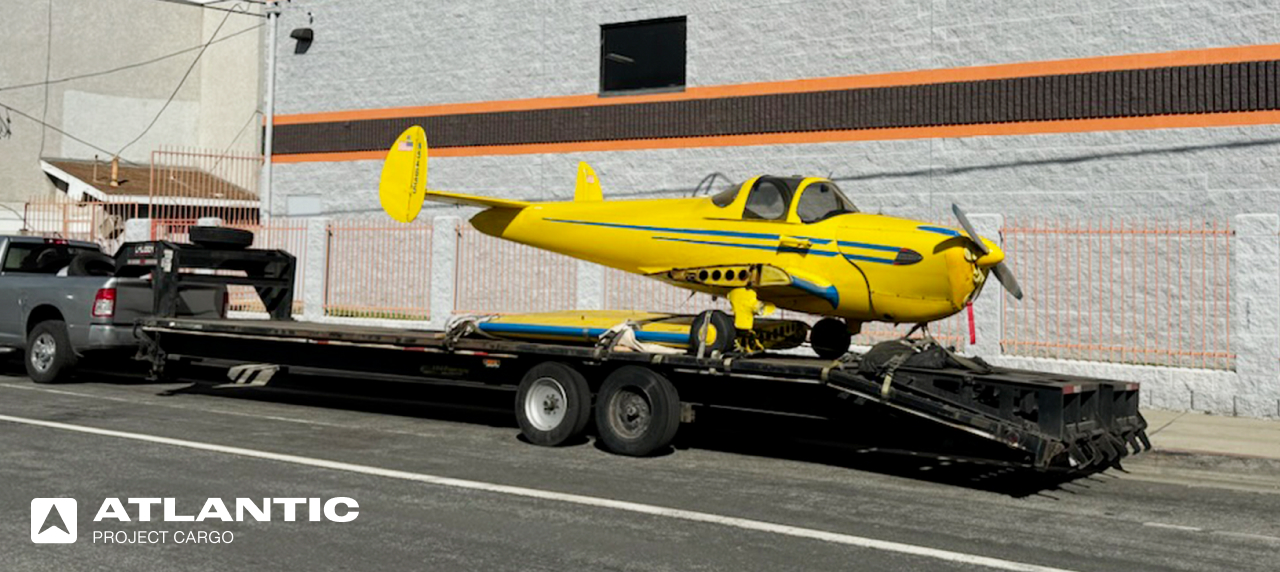
When shipping OOG cargo, you may face particular challenges, making it essential to avoid common mistakes that could result in unnecessary expenses, delays, or damage.
To complete a gauge cargo shipment, you must:
- Make sure you book a suitable vessel
- Ensure the cargo is compatible with the vessel
- Secure all relevant permits
- Check the contract details before accepting them
- Confirm which party will be responsible for unloading the cargo at its destination
- Ensure there are sufficient correctly rated lifting devices available
Try to not work without a shipping partner with the expertise and experience to take the necessary precautions and avoid these common mistakes, you may incur extra costs or experience delays in your shipment.


